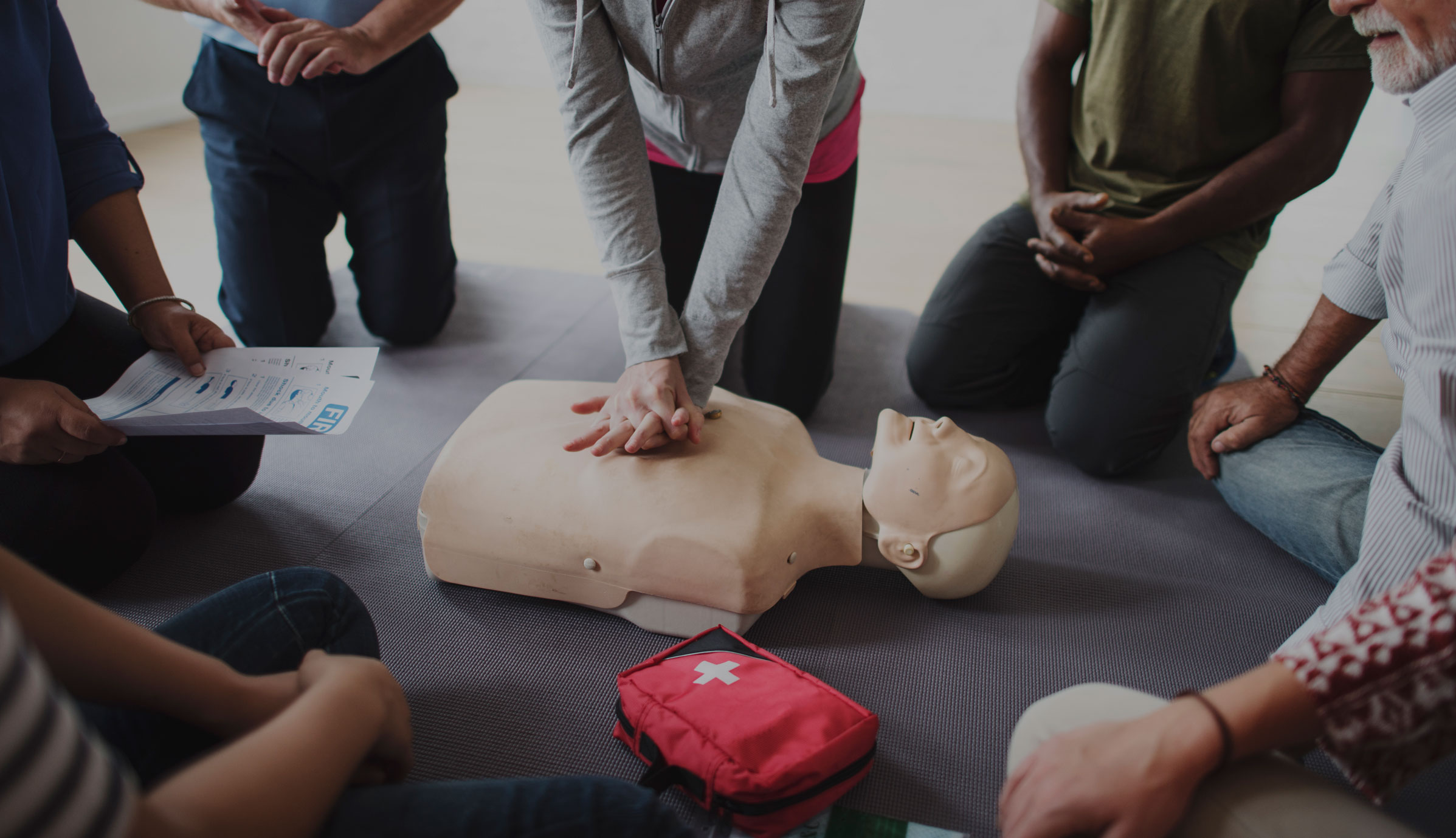Saving a Life Just Got Simpler: Performing CPR Without Mouth-to-Mouth

What would you do if someone suddenly collapses in front of you?
If you see someone who may be experiencing cardiac arrest, you might be unfamiliar with CPR protocols and hesitate to jump in and try to help. Good news: the American Heart Association has simplified the guidelines for bystanders administering life-saving cardiopulmonary resuscitation (CPR).
You can help save a life using hands-only chest compressions (without performing mouth-to-mouth assisted breathing) on unconscious adults and teens outside of a hospital setting. Doing so can help maintain the necessary flow of blood and oxygen for a few minutes while you await the arrival of emergency medical professionals. Immediately performing hands-only CPR can double or even triple the victim’s chance of survival from cardiac arrest.
How to effectively perform hands-only CPR
- Ask someone nearby to call 911 immediately.
- Push hard and fast in the center of the victim’s chest.
- Administer these chest compressions at a rate of 100 to 120 per minute. This may be easier to do if you time the compressions to the beat of a familiar song with the same beats per minute (e.g., “Stayin’ Alive” by the Bee Gees, “Crazy in Love” by Beyoncé or “Walk the Line” by Johnny Cash).
“Administering CPR compressions (with or without mouth-to-mouth breaths) can be very tiring,” said Dr. Ivette Motola, who specializes in emergency medicine at the University of Miami Health System. “If you’ve been doing this for over two minutes, it’s best for you to take a break and let another bystander step in for a couple minutes to ensure the chest compressions are properly delivered.”
If you are asked to call 911 during a situation like this, understand that taking the time to sufficiently answer the dispatcher’s questions will not delay the arrival of emergency medical help. It’s important to be specific about the victim’s location, especially if you’re calling from a cell phone. You should leave the phone by your side next to the victim, as the 911 dispatcher guides you through what to do. Stay on the phone until the dispatcher tells you to hang up.
Hands-only CPR is recommended only for adults and teens in cardiac arrest
This approach has proven to be as effective as conventional CPR for victims who suddenly collapse at home, at work, and in public spaces. However, the American Heart Association still recommends conventional CPR with both chest compressions and timed breaths for infant and child victims and for adults and teens found unconscious due to drowning, drug overdose or breathing problems.
“If you’re likely to be around these groups, further CPR training is a good idea,” advises Dr. Motola. “But, if you find yourself in a situation where you don’t know the exact cause of the victim’s unconscious state, or if immediate help is needed for a younger victim, administering Hands-Only CPR is far better than doing nothing at all.”
For more information and CPR demonstration videos, visit the American Heart Association’s Hands-Only CPR site.
Tags: CPR, hands only CPR
